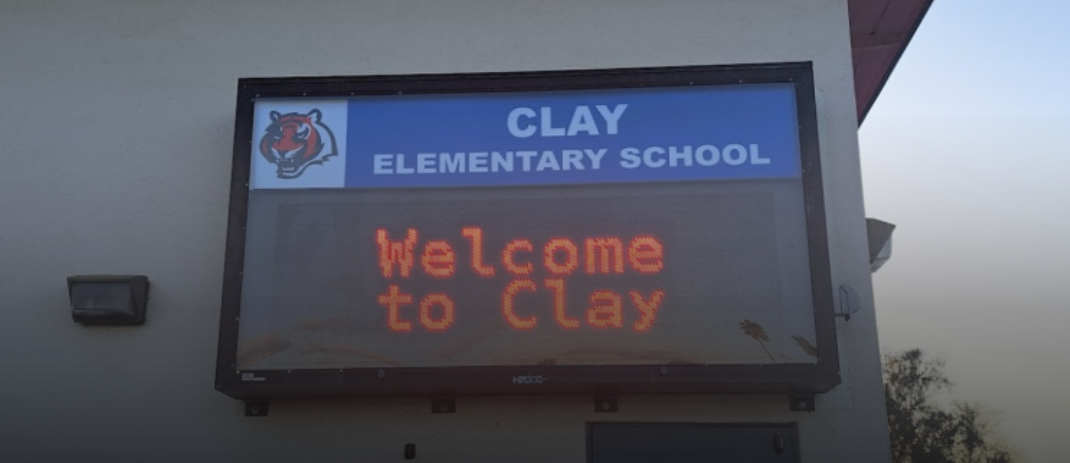For over a year, concerned parents at Henry Clay Elementary School in Rolando, a suburb of San Diego, California, have been advocating for the renaming of their children’s school. Their objection stems from the school’s namesake, Henry Clay, a prominent U.S. statesman known for his involvement in preserving slavery and controversial legislation leading up to the Civil War.
Despite their efforts, the school still bears his name, prompting parents to initiate a renaming campaign involving parents, school staff, and community members. Additionally, they aim to rename the adjacent Clay Neighborhood Park.
This endeavor is part of a larger trend within San Diego Unified School District, where various stakeholders have advocated for renaming facilities honoring historical figures associated with racism. Recent examples include the renaming of Serra High to Canyon Hills High and Lindbergh/Schweitzer Elementary to Clairemont Canyons Academy.
Following pressure from the community, San Diego Unified officials agreed to rename Clay Elementary. However, concerns arose regarding the transparency of the renaming process, particularly regarding the selection of the new name by an anonymous district committee meeting behind closed doors. The proposed name, Rolling Hills Leadership Elementary, was perceived by initiating parents as lacking transparency and failing to address the desired restoration they sought. Their proposal had suggested honoring four Black women, but these suggestions were overlooked in favor of a name described by the district as “neutral.”
The school board was expected to vote on the name change, but it was withdrawn from the agenda amid concerns. District officials emphasized the importance of inclusivity and dialogue in the renaming process, expressing a commitment to considering all voices.
Henry Clay, born in 1777, held various political offices and played significant roles in shaping American history. However, his legacy is marred by his support for legislation that perpetuated slavery and exacerbated divisions in the country. Moreover, his resistance to legal challenges from enslaved individuals further tarnishes his reputation.
The roots of Clay Elementary’s naming also reflect historical inequalities, as it was named in the 1950s during a period marked by racial segregation in housing. The choice of Clay as a namesake sends a troubling message, particularly in a school where the majority of students are students of color.
Parents advocating for the renaming proposed honoring individuals who could serve as positive role models for students. Suggestions included bell hooks, Octavia Butler, Amanda Gorman, and Bertha Pendleton. However, the district’s decision-making process raised questions about inclusivity and representation.
The renaming process, overseen by a committee appointed by the superintendent, lacked transparency, with meetings closed to the public and committee rosters undisclosed. This lack of transparency fueled skepticism among parents about the selection of the proposed name.
Ultimately, the proposed name, Rolling Hills Leadership Elementary, failed to resonate with initiating parents due to its perceived lack of transparency and failure to address historical injustices. The proposed name, influenced by geographical features, disregarded the desire to honor notable individuals and undo the legacy of Henry Clay.
Moving forward, the district plans to revisit the renaming process, emphasizing inclusivity and community engagement. However, the controversy surrounding the renaming of Clay Elementary underscores broader discussions about representation, historical accountability, and the importance of community input in decision-making processes.
